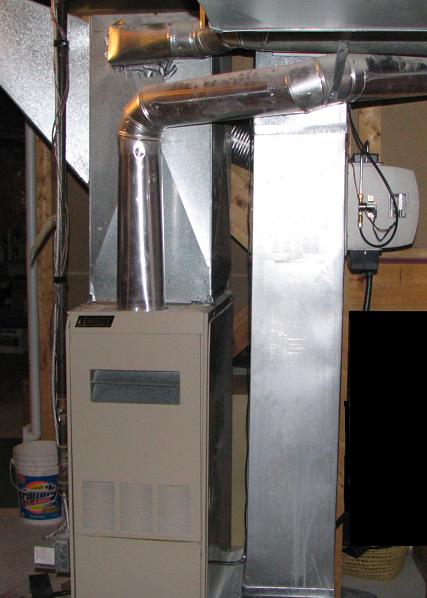- SERVING EDMONTON, ST. ALBERT, SHERWOOD PARK AND THE SURROUNDING AREA
- 780 619 4328
- inquiries@caliberheating.ca
Which Furnace Should You Install
4 Tips To Extend The Life of Your Gas Furnace
July 30, 2016Typical Problems Your HVAC System Will Have
August 31, 2016Plan to install a new furnace. But, you do not know how to go about buying one. So, what do you do?
Reading this article is what you should do. Here’s how you should go about buying a new furnace:
System type
Before installing a furnace, it is really important to know what kind of HVAC system you use or are going to install. The best option you have is the central system. It’s more efficient and adds a new value to home. Even the resale value of your house increases if you have a central system.
Fuel source
Gas furnaces run of natural gas and are the most economical way to heat your home when temperatures drop below freezing. If you are living in Edmonton, the best option we recommend is a gas furnace as this fuel source is abundantly available.
Zoning systems
Due to construction factors, parts of your home could get cooler faster and it also because of the proximity of thermostat, you can experience hot and cold spots throughout your home. A zoning system divides your home into groups called “zones.” Each zone is controlled by a separate thermostat. Additionally, dampers within your ducts can open or shut off access to different zones in order to even out temperatures throughout your home and make sure you are using just the right amount of energy to keep your home warm and comfortable.
Variable speed blowers
These can be useful if you want to enjoy premium home comfort. They do exactly what the name implies—vary the speed of your blower as it distributes air through your home. Results in a consistent temperature overall.
Watch installation quality
Anyone and everyone cannot install a furnace. An improperly installed furnace can face performance issues, which can be taxing on your wallet in the long run. If you’re investing in an efficient system, make sure the new furnace installation is equally efficient or else you risk the new system going downhill sooner than later.
Finally, other costs associated with furnace installation include: the size of the unit, additional fixes that may need to be made to the air distribution system, the costs of labor, indoor air quality features, and more. And when your contractor comes to your home to give you a quote, they should perform a Manual J load calculation to find out the system size you need (measured in BTUs or tons). This calculation takes your entire home into account — from square footage to window efficiency.
Do consult professionals like Caliber Heating and Air Conditioning when you’re getting the system installed.

